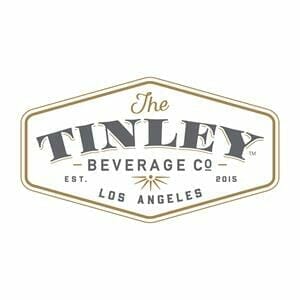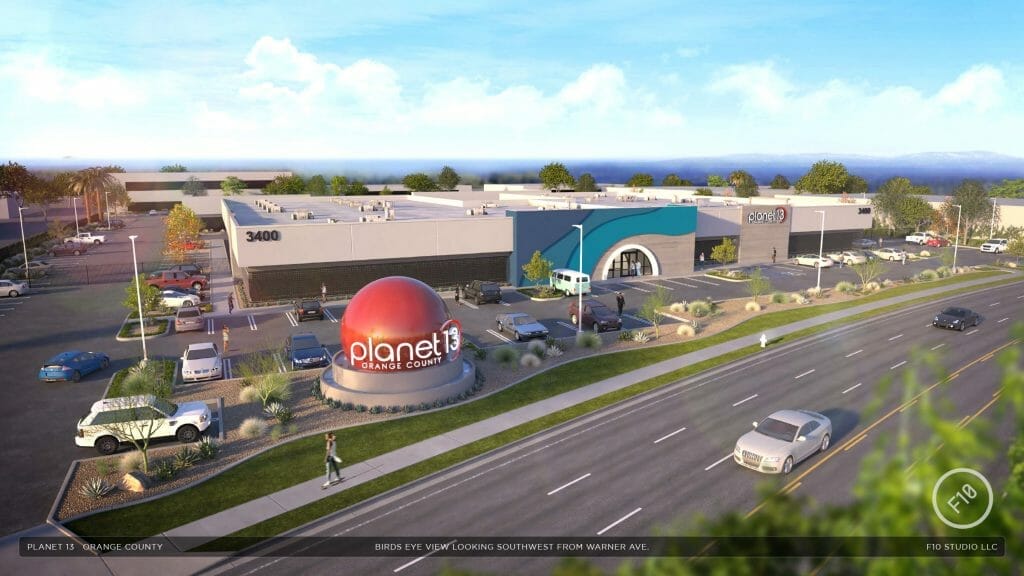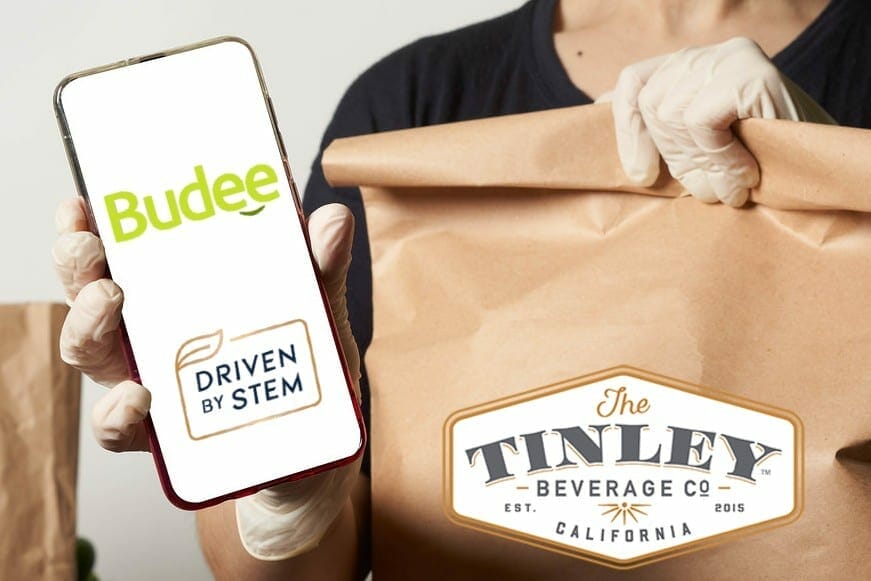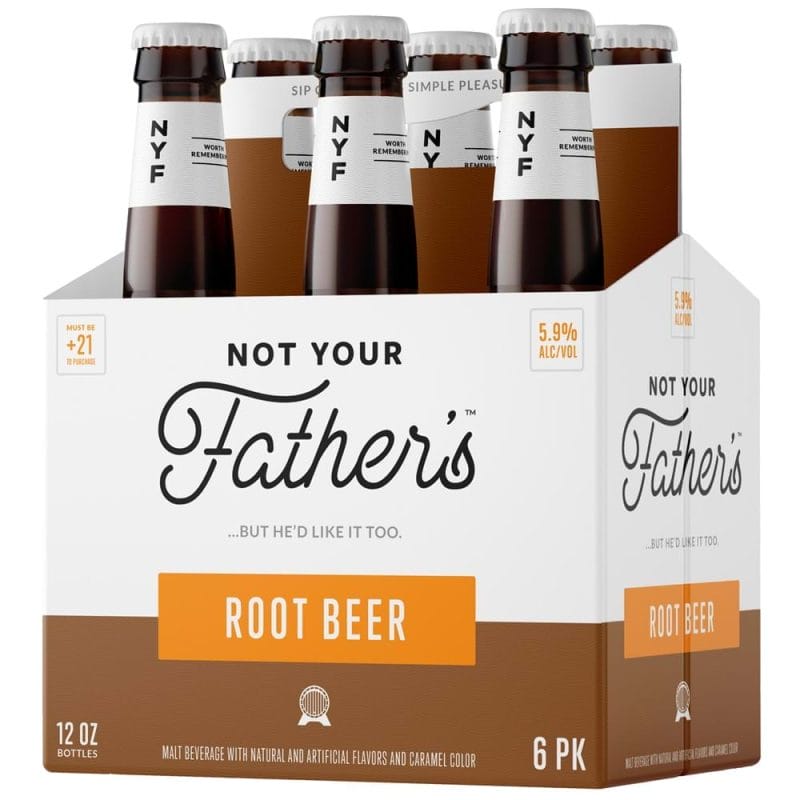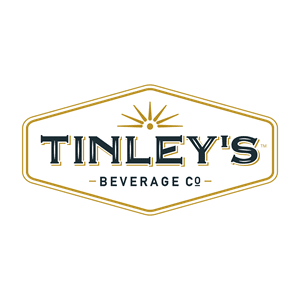The Tinley Beverage Company (TNY.C) in-line tunnel pasteurizer got the nod from a registered process authority today.
A registered process authority is an expert involved in the certification for safe food and beverage manufacturing. The process confirmed the tunnel pasteurizer meets the micro-organism control specifications of temperature and hold time across a range of beverage of product and container types.
“The entire Tinley’s-Lakewood team is energized by this milestone, and we thank our Long Beach Operations group who have worked so hard to bring this new capability to our clients. We believe our tunnel pasteurizer is a unique option for licensed cannabis beverage manufacturing in California. It offers clients who value more natural product formulations a new choice from Lakewood’s expanding menu of process and container solutions. Unlike flash or vat pasteurization — alternative methods employed at other beverage manufacturers — the tunnel pasteurizer offers the additional advantage of a single-step process for preservative free micro-organism control of both beverage contents and container, avoiding the need for separate container sterilization,” said Rick Gillis, president & COO, Tinley USA.
Production scheduling for the current fiscal quarter involving the tunnel pasteurizer is underway with Lakewood Libations. Lakewood wants to avoid adding chemical preservatives to their products, which is what the pasteurizer is being brought in to resolve. The underlying deal involves a potential acquisition for Tinley, which will pick up Lakewood when all the regulatory dance moves have been completed.
Lakewood now has their own production lines where they can bottle their product using the pasteurizer. They can get the temperature and time specifications for each client’s product and container type during pre-production by a third party process authority. Then to make sure standards are met, Lakewood’s quality assurance steps have added control of each batch through the pasteurizer by data loggers charged with tracking and recording temperatures through the heating and cooling process.
—Joseph Morton

